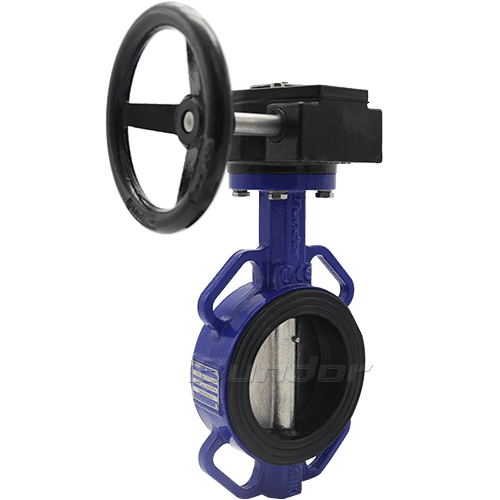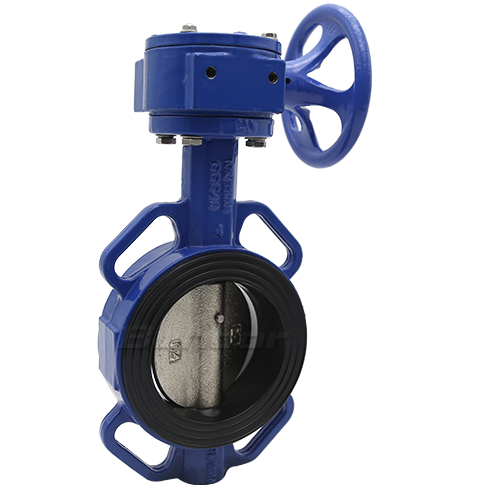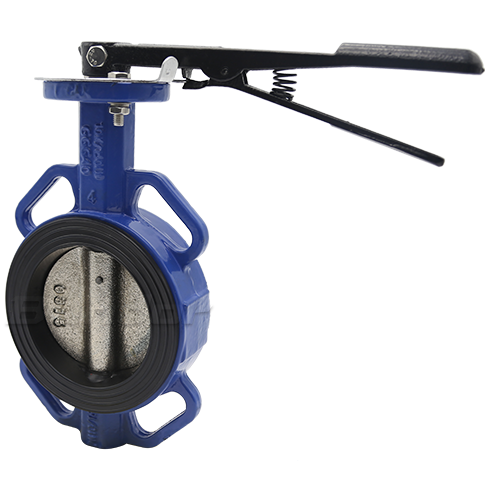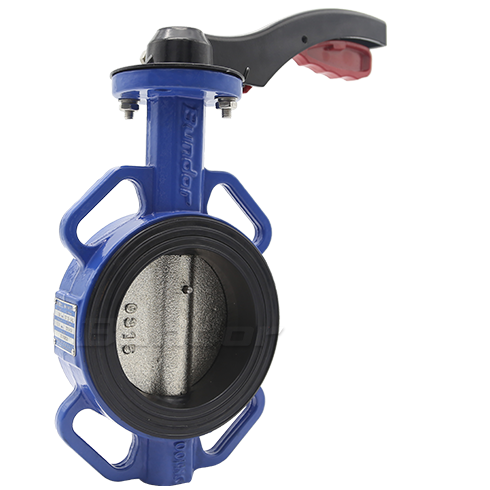In short, stainless steel valves are valves made of stainless steel. According to the stainless steel grade of the valve body, stainless steel mainly has 301, 304, 316, 304L, 316L and so on. According to international standards, it can be divided into CF8, CF3, CF8M, CF3M. The quality grade of the material is CF8 < CF3 < CF8M < CF3M. Stainless steel is highly resistant to corrosion, easy to form, highly compatible, and robust over a wide temperature range. These advantages make stainless steel valves widely used in heavy industry, light industry, household goods industry and architectural decoration industry.
Stainless steel refers to steel that is resistant to weak corrosive media such as air, steam, water, and chemically etched media such as acids, alkalis, and salts. It is also known as stainless acid-resistant steel. Stainless steel valves are stainless steel and acid resistant steel valves. It is not easy to rust, but also resistant to acid and alkali corrosion. Research shows that when the steel is in a weak medium such as atmosphere or water and an oxidizing medium such as nitric acid, its corrosion resistance increases with the increase of the water content of chromium in the steel. When the chromium content reaches a certain percentage, the corrosion resistance of the steel is abrupt, that is, from rust easily to rust prevention, from corrosion to corrosion resistance.
Common stainless steel valves are mainly stainless steel butterfly valves and stainless steel ball valves. Gate valves are rarely made of stainless steel because gate valves are usually used as valves for less corrosive media such as water.
Stainless steel butterfly valves, also known as stainless steel flap valves. It usually uses a triple eccentric metal hard seal structure. The valve body, seat and disc sealing surfaces are all made of stainless steel of different hardness, which makes it highly resistant to corrosion and has a long service life. It is widely used in metallurgical, electric power, petrochemical, and industrial pipelines such as water supply and drainage and municipal construction with fluid pipeline media temperature ≤ 425 °C.
Stainless steel ball valves are typically required to be installed horizontally in the pipeline. Stainless steel ball valves can be divided into stainless steel pneumatic ball valves, stainless steel electric ball valves, and stainless steel manual ball valves according to the driving method. According to the different stainless steel materials, it can be divided into 304, 316, 321 stainless steel ball valves. The stainless steel ball valve is very light to open and close. It can also be made into a large caliber. The stainless steel ball valve is reliable in sealing, simple in structure and convenient in maintenance. Moreover, its sealing surface and spherical surface are often closed, which makes it less susceptible to erosion by the medium. It has applications in various industries.








